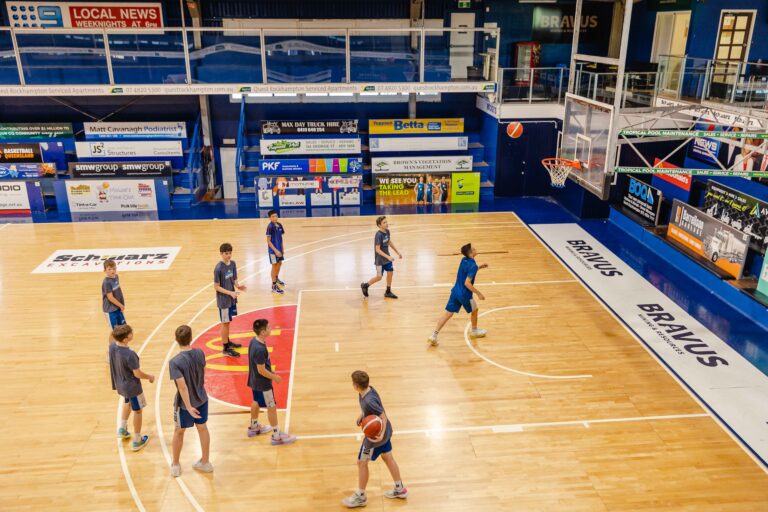Cyberattacks on mining companies are growing and costing the industry millions of dollars with recent targets including Rio Tinto (ASX: RIO) and Iluka Resources (ASX: ILU).
Last weekend’s Surface Mine Emergency Competition (SMERC) in the Goldfields, WA, featured a simulation cyberattack on a mine site, with the scenario researched and developed by FMR Investment, operator of the Greenfields gold mill near Coolgardie.
GeoMoby founder Chris Baudia, attended and observed the simulated cyberattack session hosted in Coolgardie, WA, on June 29-30 and says that “if criminals take over the computer systems that run a processing operation, it can be extremely dangerous for the mine workers”.
“If [our] technology was installed at the operations – which were role played in the SMERC competition on the weekend – then missing persons would have been located immediately because GeoMoby tracks workers in real time,” he said.
“Whereas, in the practice session, we saw (and in other emergency situations) it can take a long time to locate unconscious workers.
The annual SMERC event includes a range of staged mining emergency events so competitors can practice rescue skills including first aid (this year’s was based on a real-life explosion on an exploration drill rig in 2017), mine rescue practice in a confined space, chemical spill (this year’s was an event by the side of a main road) and a simulated cyberattack (of a gold plant this year).
Mr Baudia says SMERC’s recent simulation of a cyberattack envisaged a scenario in which a criminal took control of the plant’s computer system and released a large amount of cyanide, killing one worker and injuring another
“Many mines in WA rely on radio networks and walkie-talkies to communicate to teams working in mines and treatment operations,” he said.
“But, if someone is overcome by poisonous gas, they can’t call for help on a radio system.
“When responding to injured workers, each minute is critical.
“GeoMoby would have found team members immediately, and a faster rescue could limit cyanide poisoning, in this test case scenario.
“Furthermore, importantly, our geolocation tech runs on bluetooth.
“If a minesite or plant is reviewing their current operations and readiness to deal with a cyberattack, it should consider installing our system as we could be a crucial backup.
“We can locate team members immediately and see, at a glance in real time, who is on site and where all staff are located.”
Last year Rio Tinto (ASX: RIO) was hit by a large-scale leak of employee details on the dark web and Alamos Gold (TSX: AGI; NYSE: AGI) also experienced leaks of confidential documents.
In 2022, the Copper Mountain Mining Corporation (CMMC) was forced to shut its mill after a ransomware attack.
Last month, in WA, rare earths producer Iluka Resources announced threat actors attempted to disrupt its external website through a denial of service (DoS) attack but they didn’t gain access to company data.
Also, in June, Northern Minerals announced it was hit by a ransomware attack by the Bian Lian ransomware gang. The gang listed Northern Minerals’ stolen documents on its dark web site.
The Goldfields Mine Emergency Rescue Competition began in WA’s Goldfields in 1903, with regular competitions taking place from 1911.
Now the WA Chamber of Mines and Energy (WA CME) and the Mine Rescue Competition Committee host two mine rescue competitions each year – the Surface Mine Emergency Competition (SMERC) last weekend and the Underground Rescue Competition (UMERC) in November.
GeoMoby’s attendance and observation at SMERC, followed the company’s actual participation in UMERC in 2023.








